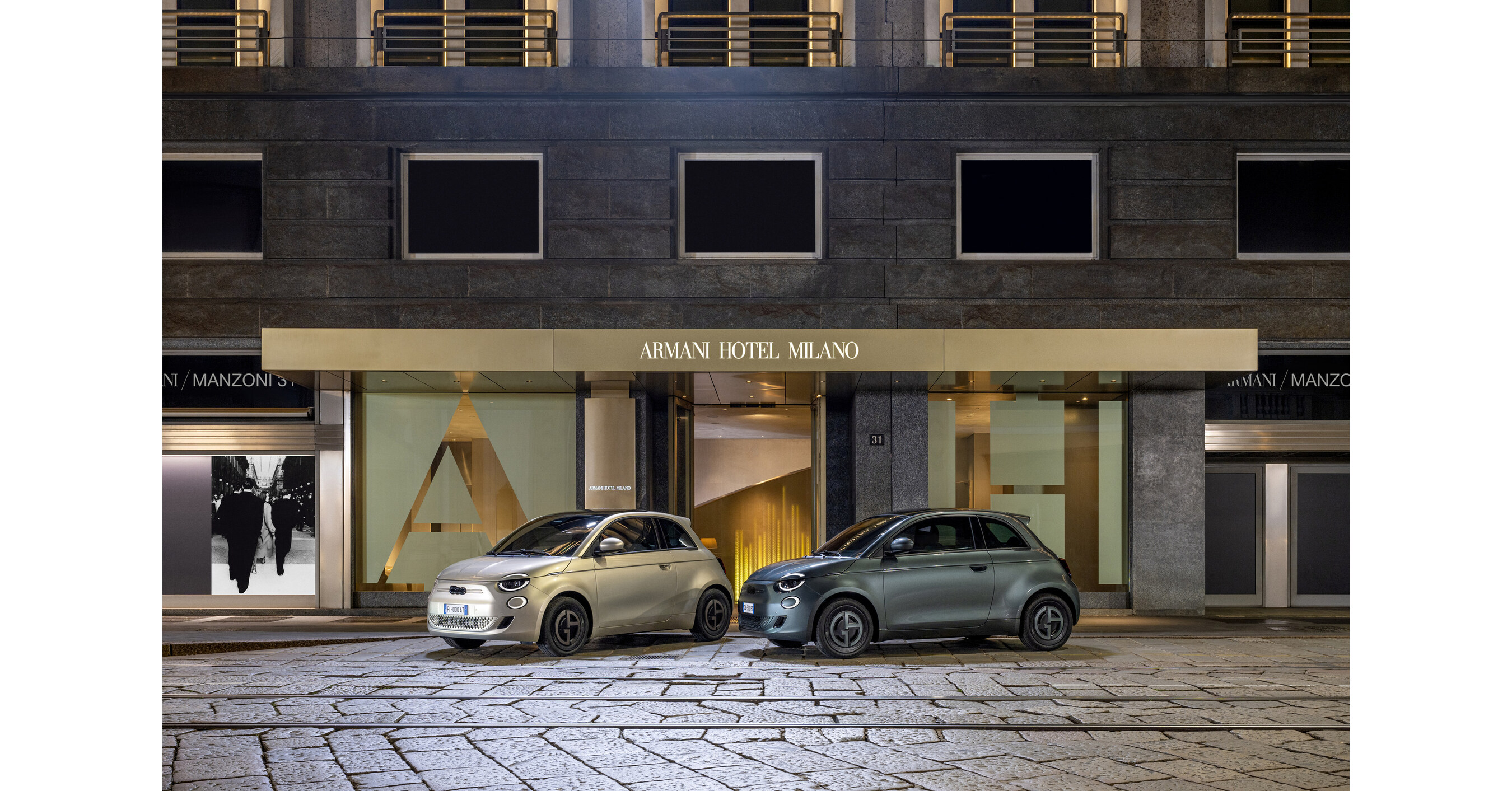World
Chocolate prices have exploded—as has the wealth of Mars and Ferrero family empires, outsizing two of the world’s top cocoa-producing countries

Chocolates are gifts that keep giving—especially for the families at the helm of Mars and Ferrero Rocher chocolate empires, who are juggernauts in their own right.
Cocoa prices have skyrocketed recently as unfavorable weather has led to poor yields and a worsening supply crunch. That’s made chocolates more out of reach for the average shopper in grocery aisles.
But that’s been great for the world’s biggest chocolatiers, as they’ve been able to pass on higher raw-material costs. The profits of chocolate companies—and their empires—have swelled so much that they exceed the entire GDPs of cocoa-producing nations.
The collective wealth of the Ferrero and Mars families has soared to $160.9 billion, outsizing the summed-up GDPs of the leading global cocoa centers, Ghana and Ivory Coast, according to an analysis by British nongovernmental organization Oxfam International.
Their economies add up to roughly $144 billion, according to World Bank data from 2022. The family’s wealth figures are based on the Forbes Billionaires List.
Meanwhile, profits from chocolate sales at Lindt, Mondelez, Nestlé, and Hershey’s have risen to $6 billion total, with about 97% of the income going back to shareholders, Oxfam found.
While that bodes well for chocolatiers, the cocoa farmers haven’t been as lucky.
“As long as the value coming out of cocoa goes to the profits of chocolate companies who pay it out to shareholders or owners, and farmers aren’t getting their fair share, farmers will not be able to earn at least a living income, invest in their farms, send their children to school, let alone thrive,” Oxfam policy officer Anouk Franck told Fortune.
The disparity underscores a long-drawn tussle in the cocoa industry of big chocolate companies doing little to improve farmers’ plight. The profits of chocolate companies have continued to rise as farmers have continued to muddle through harsh conditions.
Other structural issues involving middlemen in the industry further complicate the cocoa value chain. The poor prices and yield are forcing many of them to drop cocoa production altogether, Oxfam said.
Awareness of making the cocoa industry more equitable has recently increased, with brands like Tony’s Chocolonely taking a stand against big chocolate makers. However, concerns over the unethical practices in the industry could take years to address.
“We agree, cocoa farmers and their families should earn an income that enables them to maintain a decent standard of living,” a Nestlé spokesperson told Fortune, pointing to the company’s Income Accelerator program that helps support cocoa farmers.
Jeffrey Greenberg—Education Images/Universal Images Group/Getty Images
A closer look at the chocolate empires
If reality were anything like the movies, the “Charlie” running the big chocolate factory would be the Mars empire.
The family business, founded in 1911, is now the world’s biggest chocolate company, making confectionaries like Snickers, Twix, and Skittles.
Estimates of the third- and fourth-generation heirs’ wealth add up to $137 billion, according to the Bloomberg Billionaires Index. Six family members share ownership at the American company, with each of their wealth estimates ranging from $11.4 billion to $45.6 billion.
The closest family business that compares to Mars is that of the Ferreros.
The Italian Ferrero empire, which makes Nutella, Ferrero Rocher, and Tic Tacs, is the country’s wealthiest family—ahead of home-grown luxury fashion and automotive groups.
Giovanni Ferrero and his family are worth $40.4 billion, according to the Bloomberg Billionaires Index.
Ferrero is the world’s second-largest chocolate maker. It’s controlled by the Luxembourg-based holding group Ferrero International.
Both companies have initiatives to ensure that cocoa is sourced sustainably and rewards the farming community.
It’s unclear if these chocolate giants contribute to helping farming communities in cocoa-producing countries proportionately as profits grow, particularly amid a supply crisis.
Representatives at the chocolate companies didn’t immediately return Fortune’s request for comments.










